 |
| Picture shared via http://alhambracadabra.blogspot.com.es |
 |
| Picture shared via http://alhambracadabra.blogspot.com.es |
 |
| Picture shared via http://alhambracadabra.blogspot.com.es |
If you are a muslim traveller or an islamic architecture lover those are the 7 things you must see in Granada
One of the great cuisines of the world, Moroccan cooking abounds with subtle spices and intriguing flavour combinations.
Cordoba قرطبة in the Andalucia province of southern Spain is a city with more than 2,500 years of developed history.
Located just a few hours by bus from Tangier and far enough off the beaten track to dissuade many tourists, Chefchaouen is quiet enough for those visitors overwhelmed by the busy medinas of Fez and Marrakech, and has just enough of what is quintessentially Moroccan to be of interest to other travelers looking for something a bit more authentic.
The most mystical of Morocco's imperial cities, Fez. Capital and spiritual center of Morocco, this city is situated in a narrow valley against the backdrop of the Middle Atlas


 |
| Picture shared via http://alhambracadabra.blogspot.com.es |
 |
| Picture shared via http://alhambracadabra.blogspot.com.es |
 |
| Picture shared via http://alhambracadabra.blogspot.com.es |
 Overlooking the river is the Torre del Oro, which began life in the 13th century as a Moorish watchtower, part of the city walls that secured one end of a large chain that blocked off entrance to the harbor, which was at the time right in the center of Seville.
Overlooking the river is the Torre del Oro, which began life in the 13th century as a Moorish watchtower, part of the city walls that secured one end of a large chain that blocked off entrance to the harbor, which was at the time right in the center of Seville. When Seville hosted the 1929 Exposición Ibero-Americana, this whole southern end of Seville was transformed into the fairgrounds, and various nations hired cutting-edge architects to design eye-catching pavilions were they could showcase their arts and technology.
When Seville hosted the 1929 Exposición Ibero-Americana, this whole southern end of Seville was transformed into the fairgrounds, and various nations hired cutting-edge architects to design eye-catching pavilions were they could showcase their arts and technology. The focal point of the 1929 Ibero-American Exposition, Plaza de España is the work of architect Aníbal González, who blended elements of Spanish baroque, Mudéjar revival and the Art Deco that was popular at the time.
The focal point of the 1929 Ibero-American Exposition, Plaza de España is the work of architect Aníbal González, who blended elements of Spanish baroque, Mudéjar revival and the Art Deco that was popular at the time. Lovely and complex, the gardens are arranged, like the palace itself, into a series of garden rooms, through which you can stroll at leisure. And like the palace, some are intimate, some grand and soaring.
Lovely and complex, the gardens are arranged, like the palace itself, into a series of garden rooms, through which you can stroll at leisure. And like the palace, some are intimate, some grand and soaring. Begun by the Islamic rulers in 712, building was continued in the 1360s by King Pedro, who favored the Mudéjar style, a revival of the Moorish architecture and decoration.
Begun by the Islamic rulers in 712, building was continued in the 1360s by King Pedro, who favored the Mudéjar style, a revival of the Moorish architecture and decoration. In proclaiming this former minaret a World Heritage Site, UNESCO called it “the masterpiece of Almohad architecture.” Built 1184-96, the tower, considered the finest of the three remaining great Almohad minarets, was designed not only to call the faithful to prayer, but as an observation point to guard the city.
In proclaiming this former minaret a World Heritage Site, UNESCO called it “the masterpiece of Almohad architecture.” Built 1184-96, the tower, considered the finest of the three remaining great Almohad minarets, was designed not only to call the faithful to prayer, but as an observation point to guard the city. One of the three largest in the world (measured by volume it’s even bigger than St Peter’s in Rome), Seville’s cathedral is resplendent in gold and silver, all part of the riches that flowed through Seville when the city had the monopoly on trade with the New World.
One of the three largest in the world (measured by volume it’s even bigger than St Peter’s in Rome), Seville’s cathedral is resplendent in gold and silver, all part of the riches that flowed through Seville when the city had the monopoly on trade with the New World.
 Morocco’s classical music originated from the Arab-Andalusian tradition. It is said that Andalusian classical music evolved in the 9th century in the Emirate of Cordoba (Al-Andalus) which was ruled by the Moors.
Morocco’s classical music originated from the Arab-Andalusian tradition. It is said that Andalusian classical music evolved in the 9th century in the Emirate of Cordoba (Al-Andalus) which was ruled by the Moors.
 Jewellery is available for sale everywhere, although one of the best
places to buy it is in Tiznit’s famous silversmiths’ souk and in the
souks of Taroudant, Essaouira and Marrakech.
Jewellery is available for sale everywhere, although one of the best
places to buy it is in Tiznit’s famous silversmiths’ souk and in the
souks of Taroudant, Essaouira and Marrakech. Perfume is loved by Moroccans of both sexes.
Perfume is loved by Moroccans of both sexes.
 The Aljafería Palace (Spanish: Palacio de la Aljafería; Arabic: قصر الجعفرية, tr. Qasr al-Jaʿfariya) is a fortified medieval Islamic palace built during the second half of the 11th century in the Moorish taifa of Zaragoza of Al-Andalus, present day Zaragoza, Spain.
The Aljafería Palace (Spanish: Palacio de la Aljafería; Arabic: قصر الجعفرية, tr. Qasr al-Jaʿfariya) is a fortified medieval Islamic palace built during the second half of the 11th century in the Moorish taifa of Zaragoza of Al-Andalus, present day Zaragoza, Spain. The building suffered continuous alterations and considerable imperfections, above all with the Siege of Zaragoza during the Peninsular War until it was finally restored in the second half of the 20th century and currently it houses the Cortes or autonomous community legislative assembly of Aragon.
The building suffered continuous alterations and considerable imperfections, above all with the Siege of Zaragoza during the Peninsular War until it was finally restored in the second half of the 20th century and currently it houses the Cortes or autonomous community legislative assembly of Aragon. The tower is a defensive structure, with a quadrangular base and five levels which date back to the end of the 9th century AD, in the period governed by the first Banu Tujibi, Muhammad Alanqur, who was named after Muhammad I of Córdoba, independent Emir of Cordoba. According to Cabañero Subiza (1998) the Tower was built in the second half of the 10th century.[1] In its lower part, the tower contains vestiges of the beginning of the heavy walls of alabaster ashlar bond masonry, and continues upwards with plank lining of simple plaster and lime concrete, which is a thinner substance for reaching greater heights. The exterior does not reflect the division of the five internal floors and appears as an enormous prism, broken by narrow embrasures. Access to the interior was gained through a small door at such height that it was only possible to enter by means of a portable ladder. Its initial function was, by all indications, military.
The tower is a defensive structure, with a quadrangular base and five levels which date back to the end of the 9th century AD, in the period governed by the first Banu Tujibi, Muhammad Alanqur, who was named after Muhammad I of Córdoba, independent Emir of Cordoba. According to Cabañero Subiza (1998) the Tower was built in the second half of the 10th century.[1] In its lower part, the tower contains vestiges of the beginning of the heavy walls of alabaster ashlar bond masonry, and continues upwards with plank lining of simple plaster and lime concrete, which is a thinner substance for reaching greater heights. The exterior does not reflect the division of the five internal floors and appears as an enormous prism, broken by narrow embrasures. Access to the interior was gained through a small door at such height that it was only possible to enter by means of a portable ladder. Its initial function was, by all indications, military.
 Sample the aromatic and spicy food of North Africa by taking a trip to
Morocco, a vibrant country with strong traditions and a diverse
landscape of bustling cities, mountain ranges and arid deserts.
Sample the aromatic and spicy food of North Africa by taking a trip to
Morocco, a vibrant country with strong traditions and a diverse
landscape of bustling cities, mountain ranges and arid deserts.
 The
region of Andalusia stretches over 87 268 km² of land. Andalusia makes
up 17% of Spain. This autonomous region has lots to offer to its
visitors.
The
region of Andalusia stretches over 87 268 km² of land. Andalusia makes
up 17% of Spain. This autonomous region has lots to offer to its
visitors.




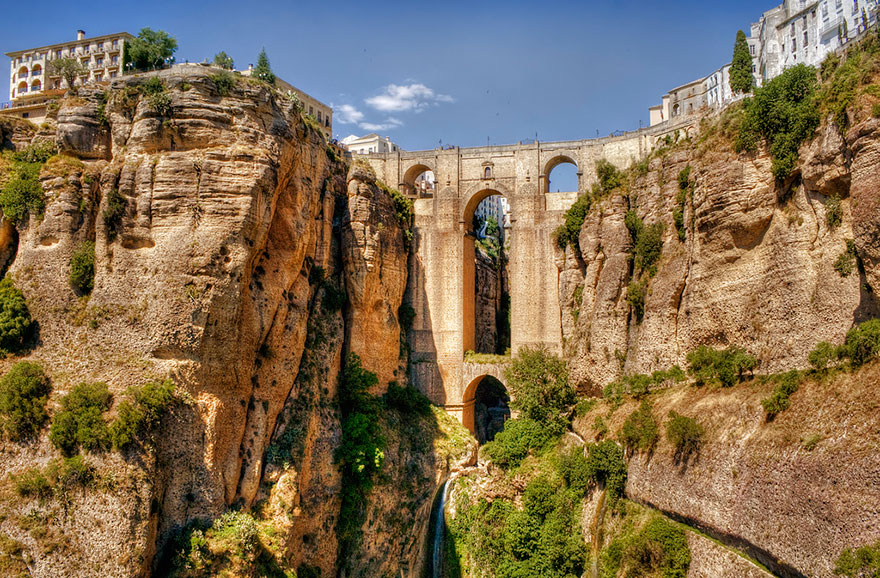



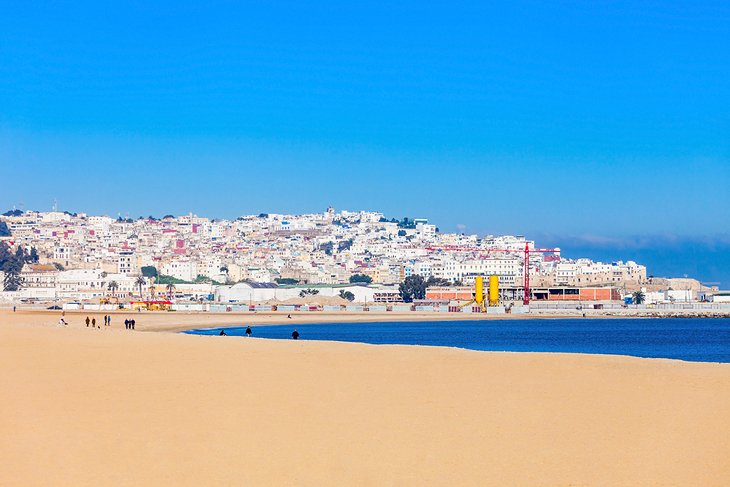 |
| Beach |
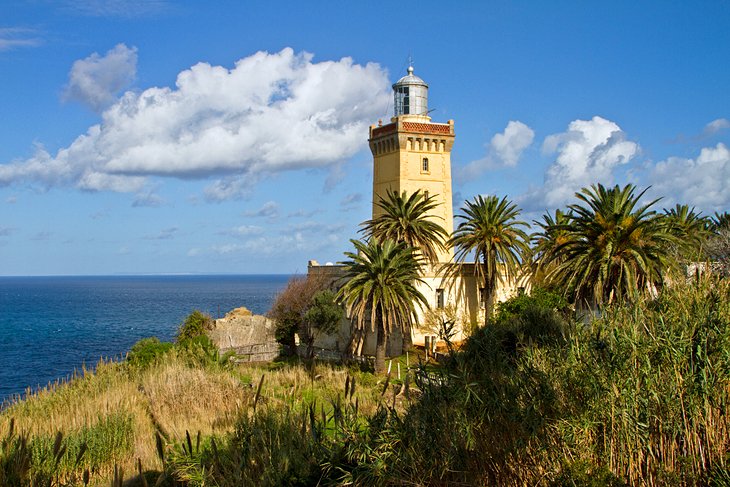 |
| Cap Spartel |
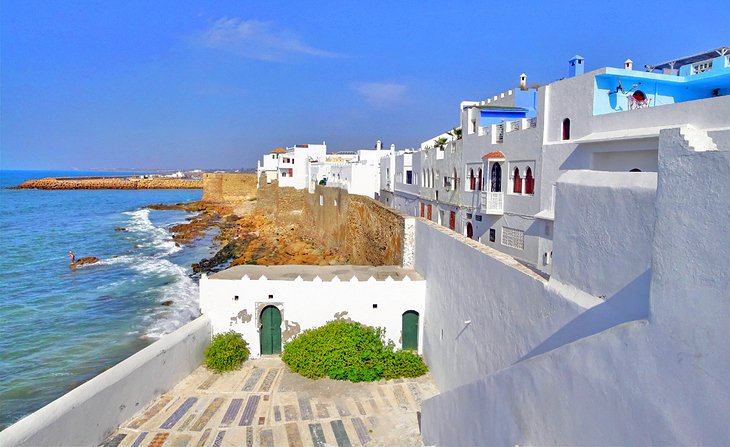 |
| Asilah |
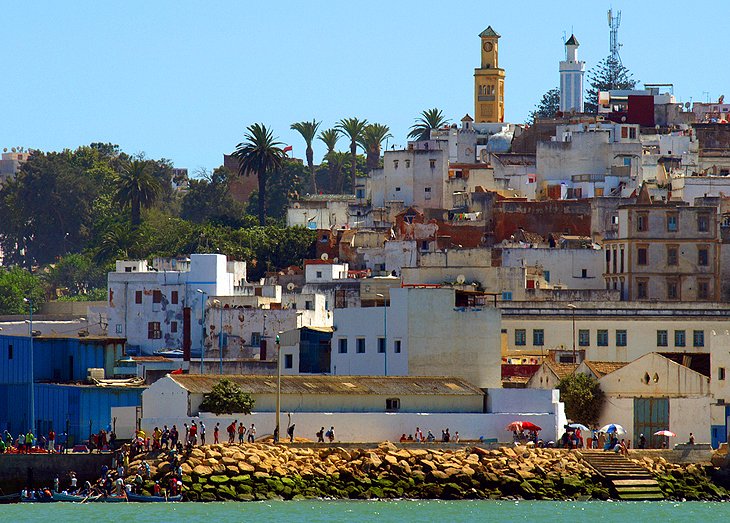 |
| Larache |
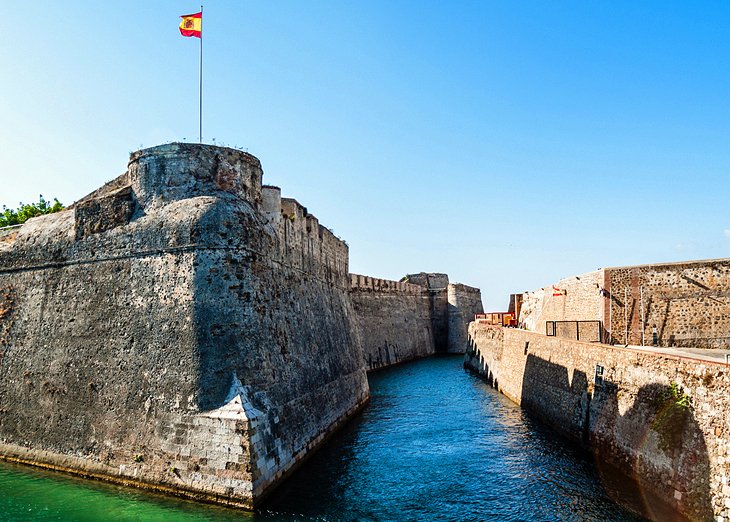 |
| Ceuta |
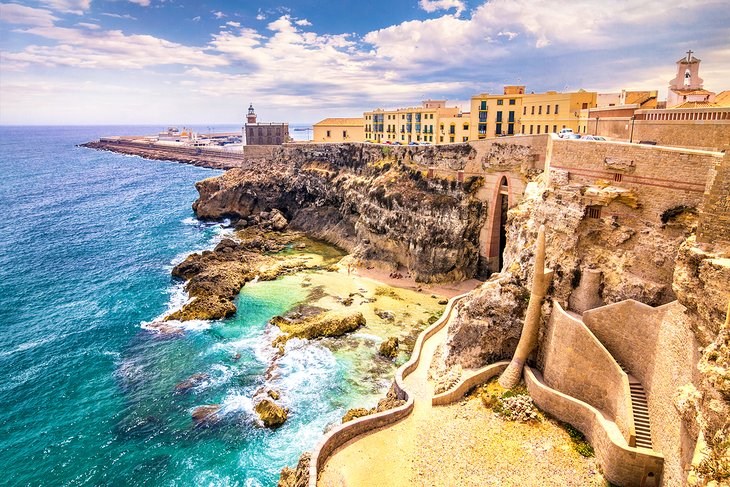 |
| Melilla |